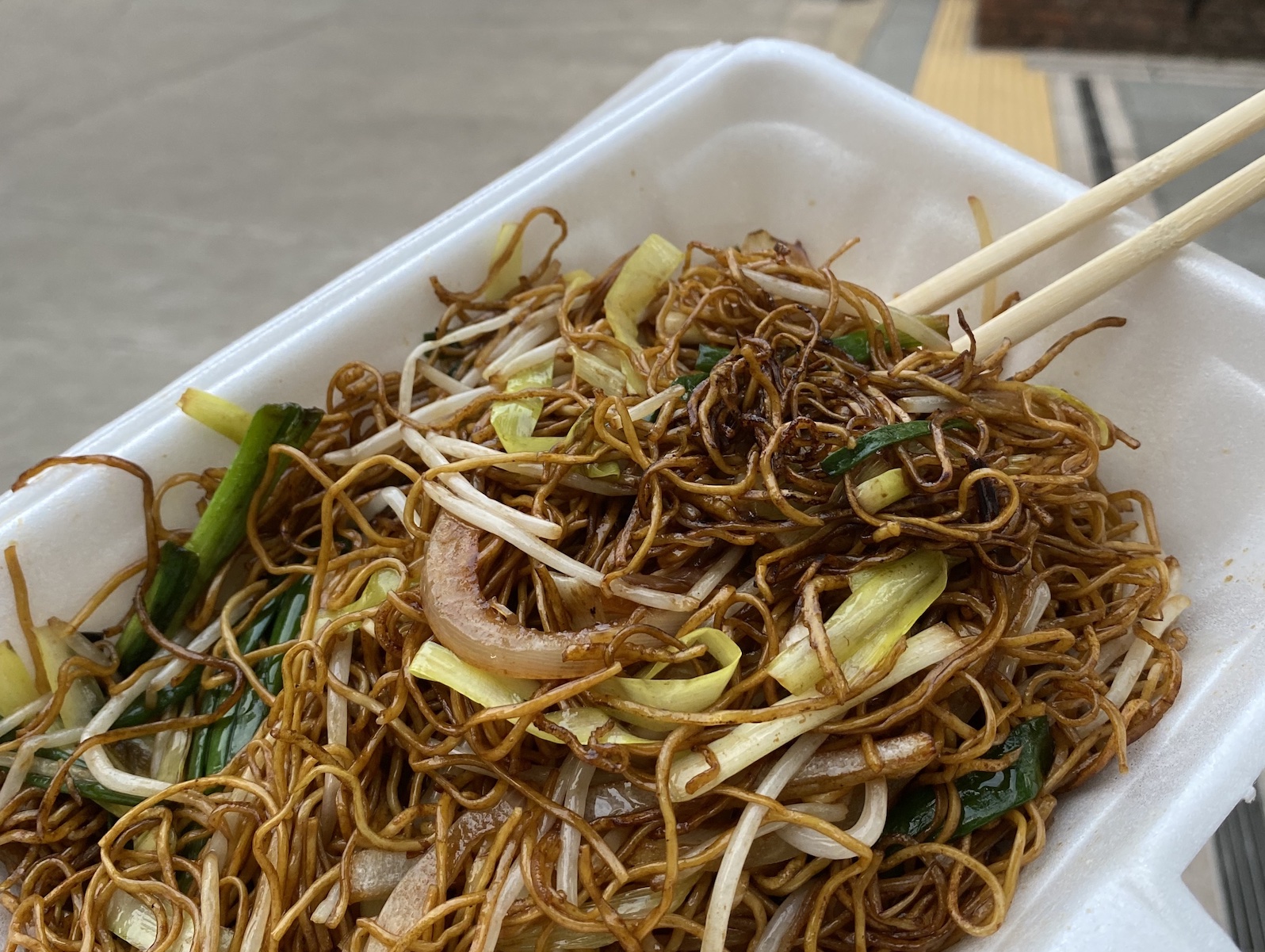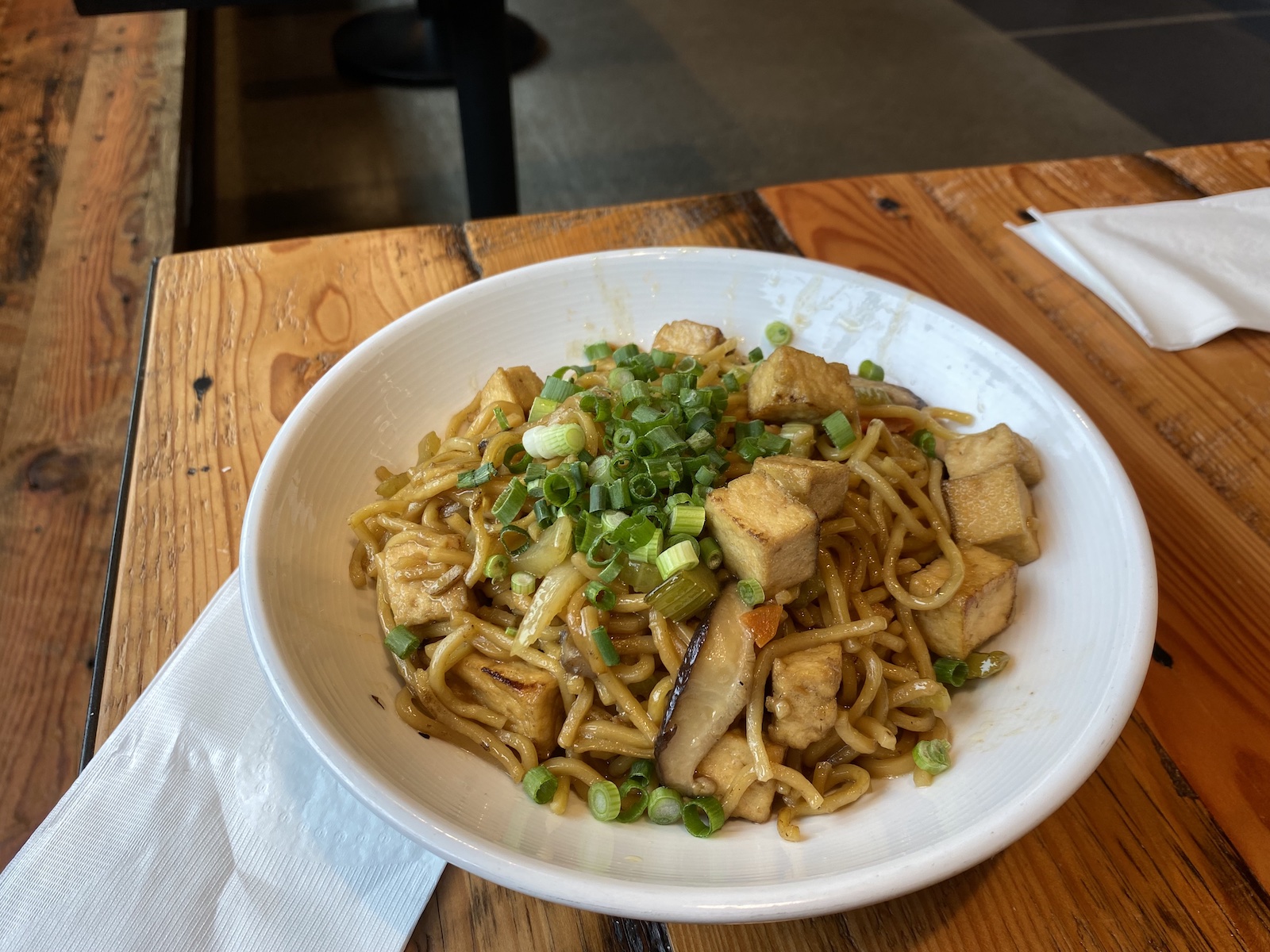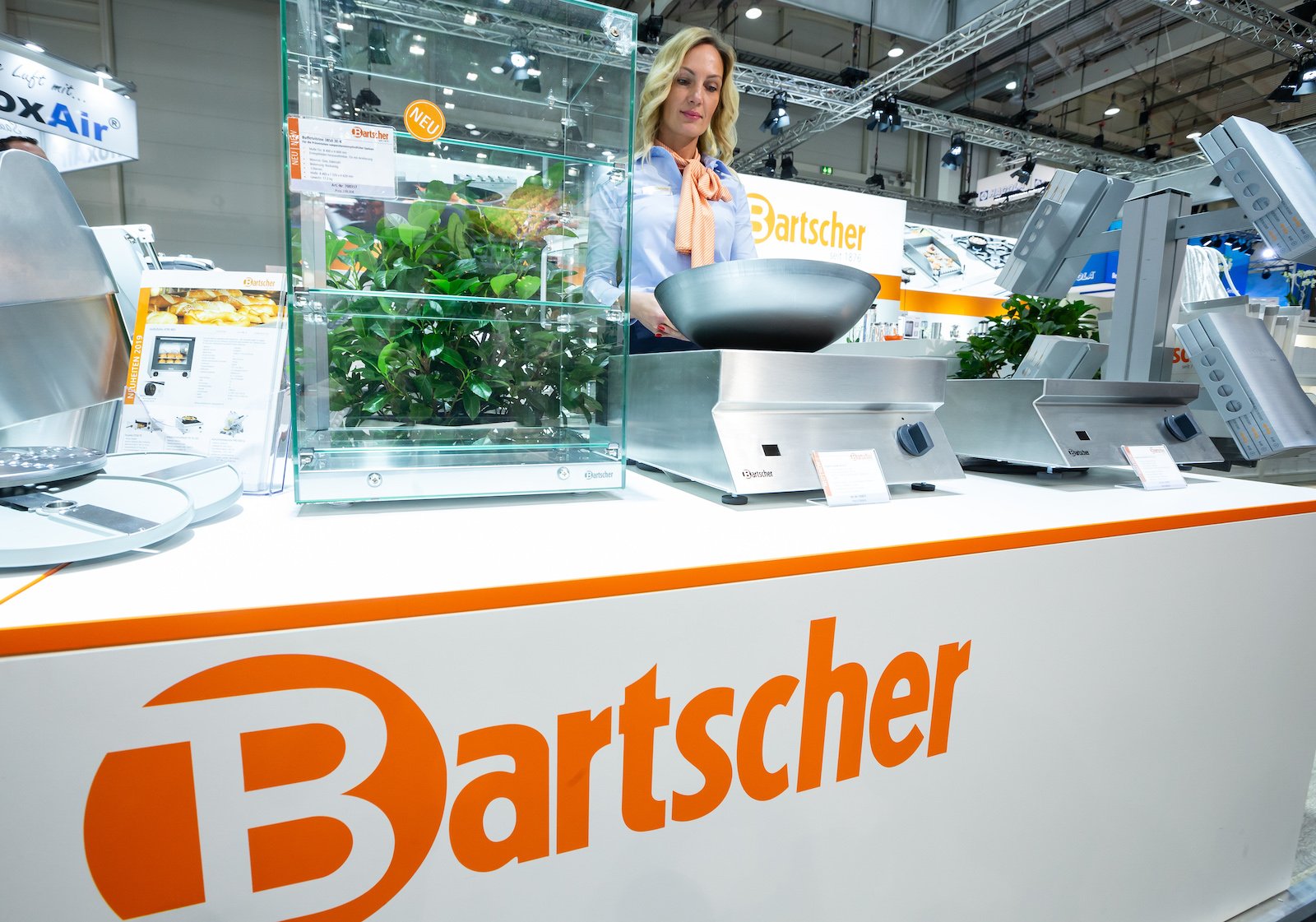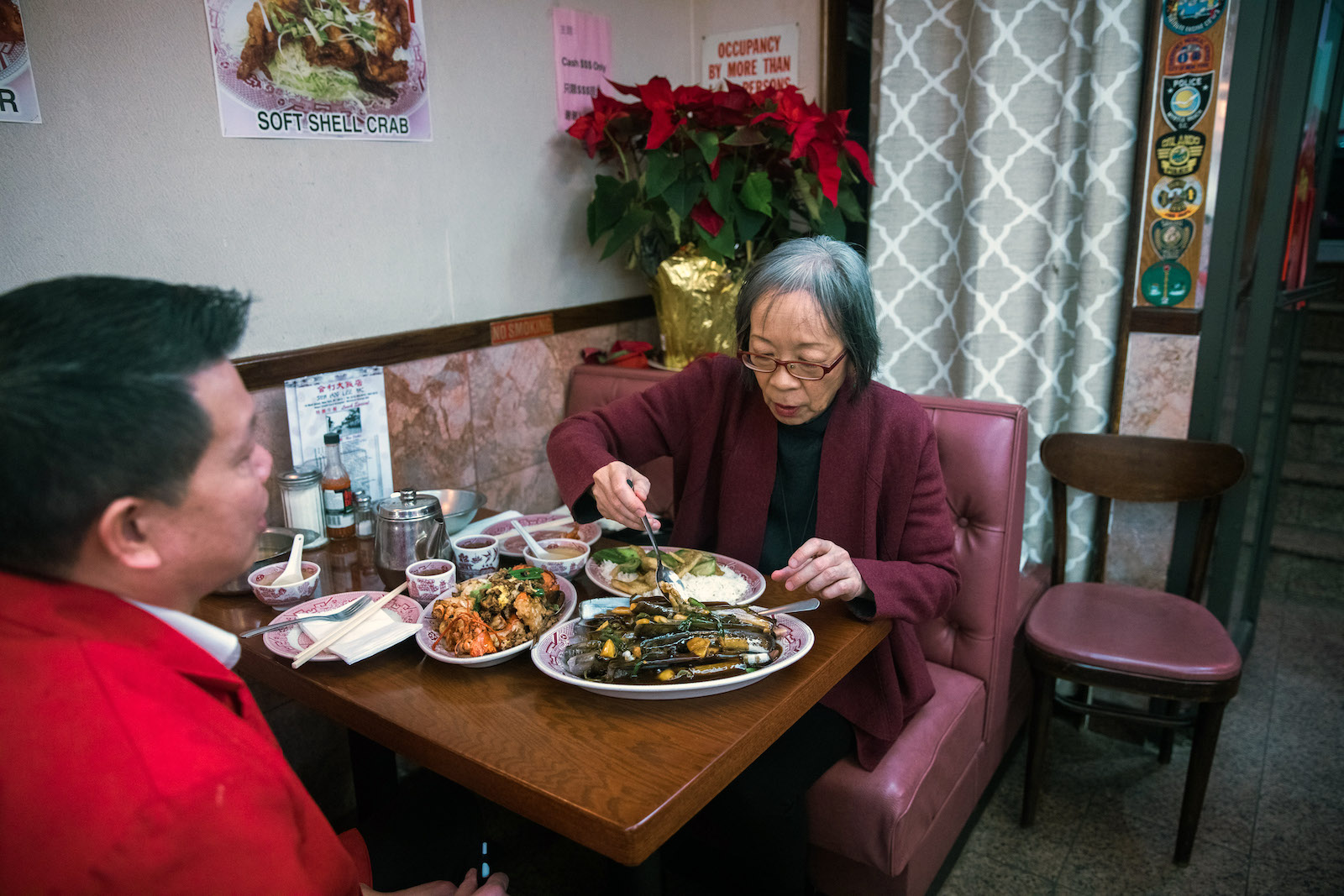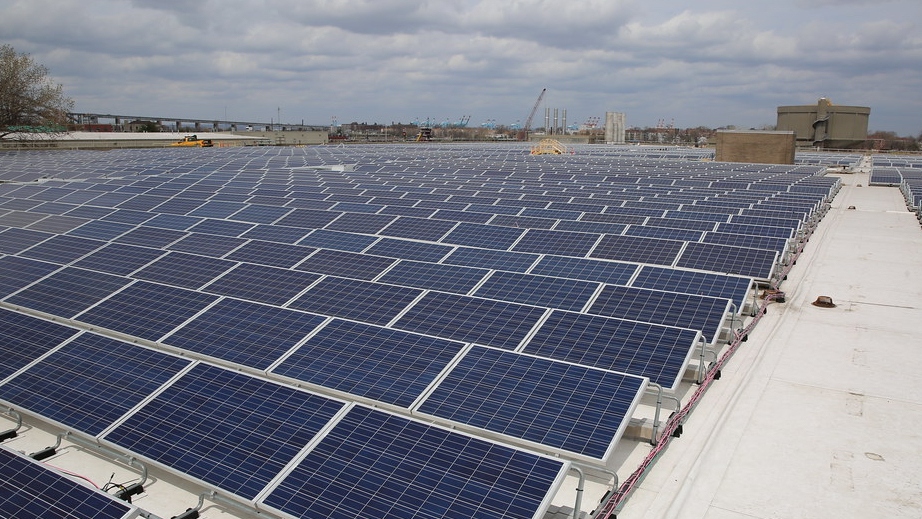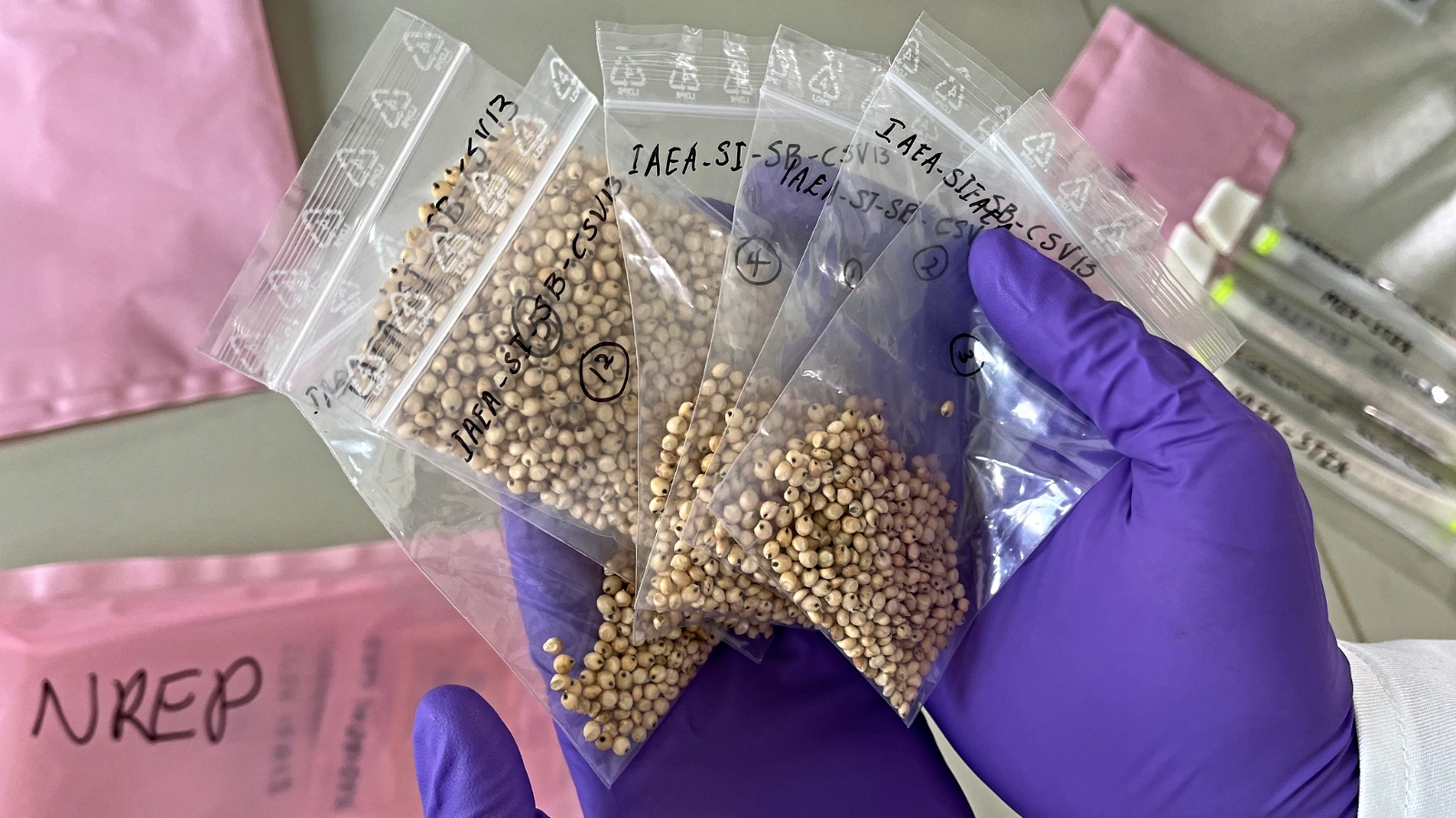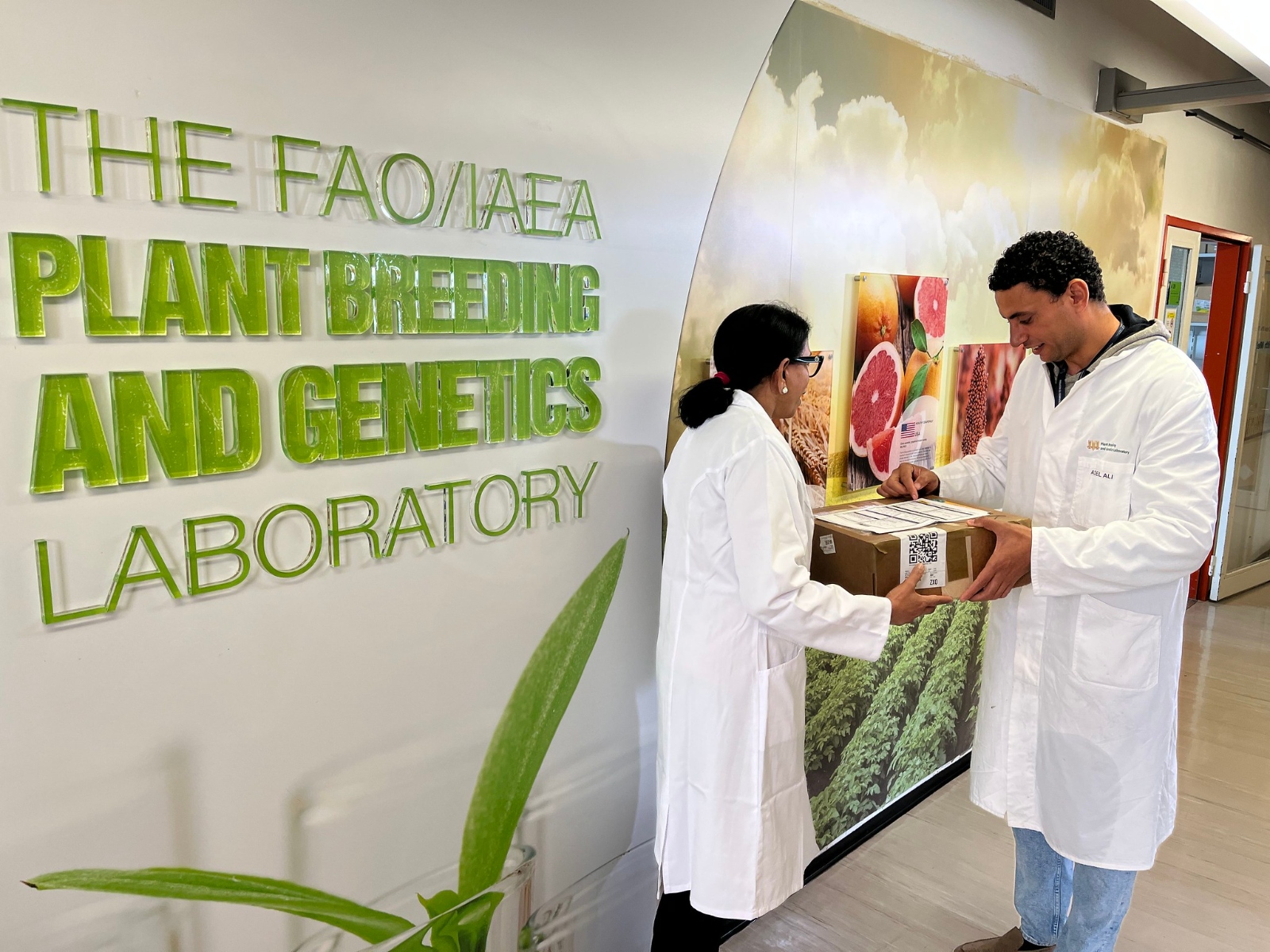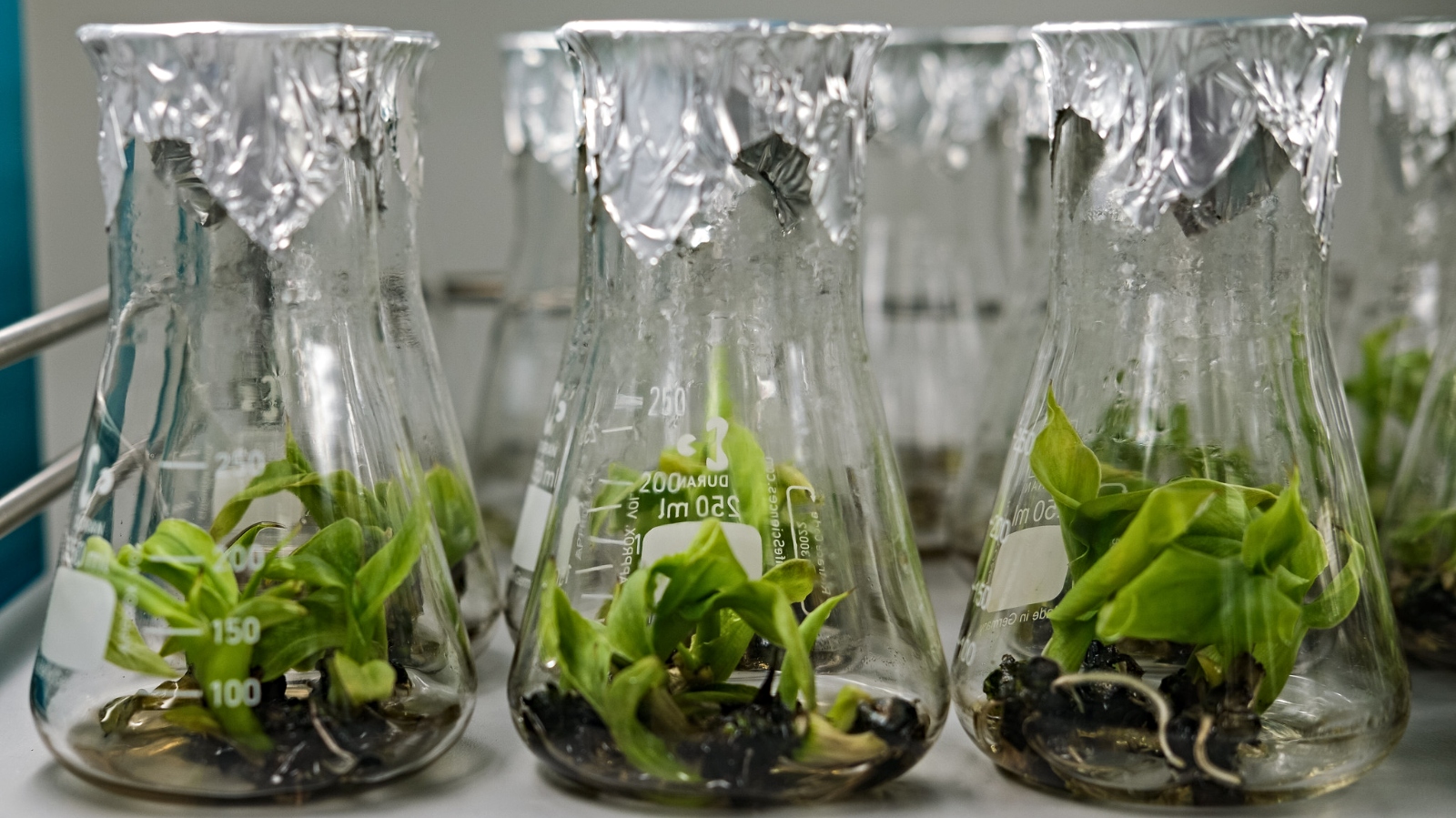America’s energy system has a problem: Solar and wind developers want to build renewable energy at a breakneck pace — and historic climate legislation has fueled their charge with financial incentives worth billions of dollars. But too often the power that these projects can produce has nowhere to go. That’s because the high-voltage lines that move energy across the country don’t have the capacity to handle what these panels and turbines generate. At the same time, electric vehicles, data centers, and new factories are pushing electricity demand well beyond what was expected just a few years ago.
As a result, the U.S. is poised to generate more energy — and, crucially, more carbon-free energy — than ever before, but the nation’s patchwork system of electrical grids doesn’t have enough transmission infrastructure to deliver all that renewable energy to the homes and businesses that could use it. Indeed, this transmission gap could negate up to half of the climate benefits of the Inflation Reduction Act, according to one analysis.
On Monday, the Federal Energy Regulatory Commission, or FERC, approved a new rule that could help complete this circuit. The agency, which has jurisdiction over interstate power issues, is essentially trying to prod the country’s many electricity providers to improve their planning processes and coordinate with each other in a way that encourages investment in this infrastructure. The hope is that this new regulation will not only address the outstanding interconnection challenge and growing demand but also fortify the grid in the face of extreme weather, given that more transmission will make it easier to shift electricity from one grid to another when there are disaster-driven outages.
The new rule, which has been years in the making, creates two new critical requirements.
First, it will require the operators of regional grids across the country to forecast their region’s transmission needs a full 20 years into the future, develop plans that take those forecasts into account, and update those plans every five years. In practice, this should mean a more robust consideration of new wind and solar options, as well as greater adherence to the net-zero emissions targets set by many U.S. states. Second, the rule requires providers to identify opportunities where they can upgrade existing infrastructure in a way that increases capacity, creating an easier route to moving more power between states without the complexity of building new lines from scratch.
“This rule recognizes the reality on the ground, that the factors affecting our grid — they are changing,” FERC Chair Willie Phillips said at a press conference on Monday.
The nation’s energy system is in the midst of a massive transformation. Around two dozen states have established definitive goals for clean energy in the decades ahead, with most of those on the books before President Joe Biden committed the U.S. to achieving 100 percent carbon-free electricity by 2035. Already, the clear demand for building out renewable energy has resulted in nearly 2,600 gigawatts of generation and storage capacity bidding for permission to plug into the nation’s aging transmission system. This is more than double all the resources already connected.
While these goals and plans depend upon the nation’s transmission infrastructure, regional grid operators have until now faced no requirement to ensure that new sources of renewable generation can connect to power lines without overloading them. FERC’s new rule changes that.
Prior to the rule, the 10 regional transmission operators that make up America’s patchwork grid were able to take largely independent approaches to infrastructure planning. Few took a meaningfully proactive approach to meeting the demands of climate policy.
There is one exception: The new FERC rule builds off of a comprehensive approach developed by the transmission authority responsible for most of the Midwest, which retooled its planning in part to help meet some of its states’ aggressive climate targets. The new federal regulation requires operators in every U.S. region to similarly consider at least three potential scenarios for how their electricity requirements will change over the coming two decades and establish plans in line with them.
However, the reality of the rulemaking process means that the action might not come as quickly as the moment seems to demand. Though the rule was approved on Monday, it doesn’t take effect until 60 days after its publication, and then grid operators and transmission planners will have 10 to 12 months to outline how they intend to comply with the new rule. Only then will the actual planning begin.
“These reforms are coming at a critical time,” said Christine Powell, deputy managing attorney for the clean energy program at the nonprofit Earthjustice. Powell added that it can sometimes take 10 years to get new transmission lines built given the logistical hurdles involved, so getting planning processes started as soon as possible is essential.
Thankfully, not all the necessary work involves building new infrastructure on these lengthy timelines. The new rule also carves out a requirement for “right-sizing” existing infrastructure by, for instance, using state-of-the-art conductors and transformers to, in some cases, double the transmission capacity of existing towers.
Of course, these new requirements could be delayed or derailed by lawsuits — a likely prospect given the history of legal challenges faced by major FERC rules in the past. Both Powell and Phillips said that they believe that the new policy is durable enough to withstand those challenges. Powell told Grist that the rule went through a lengthy review process that involved extensive public comment. FERC went through 15,000 pages of those comments and ensured that the arguments and issues raised in each were weighed and considered before the final rule was completed.
Still, FERC commissioner Mark Christie, a Republican and the lone “no” vote in Monday’s decision, claimed in his dissent that the process was rushed. Powell, who worked at FERC for eight years, disputed this in an interview with Grist.
“That is not FERC rushing,” she said. “That is FERC really trying to deliberate and do the right thing.”
Chaz Teplin, who leads the clean competitive grids team at the nonprofit Rocky Mountain Institute, added that the new rule had broad bipartisan support, despite Christie’s dissent. Republican governors and lawmakers were among those who recognized the importance of a policy like this and issued comments in support of it. Even Neil Chatterjee, a Republican who chaired FERC under then-President Donald Trump, published a tweet stating, “If I were on the commission I would have voted for it.”
Editor’s note: Earthjustice is an advertiser with Grist. Advertisers have no role in Grist’s editorial decisions.
This story was originally published by Grist with the headline America’s grid isn’t ready for a renewable future. A new federal rule could change that. on May 14, 2024.



